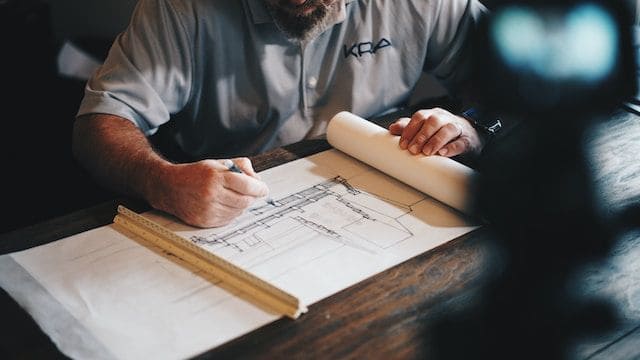Basic principles of industrial design
The impact that industrial design has on our lives is much greater than we think. Without this type of activity we would not have many of the objects and conveniences we enjoy on a daily basis.
In this post we are going to talk about the principles of industrial design that two of the most important figures in this discipline have applied throughout their careers. Elon Musk, at the head of Space X, Twitter, Open AI and multiple other companies; and Dieter Rams, the German industrial designer who worked for decades for the famous electronics firm Braun, and who has influenced Apple’s design style.
Elon Musk’s 5 design principles
At a Space X conference, where he presented the brand’s new rocket, Elon Musk shared the list of his 5 basic principles when designing a product.
-
Prioritize needs and question requirements.
It’s about discarding anything that might hinder the design process, irrelevant items or simple whims that will take time away from the more important requirements.
-
Add when it is worthwhile, and eliminate enough.
Closely linked to the first principle, Elon Musk insists on eliminating enough to allow new ideas and concepts to enter.
-
To simplify is to optimize.
Clarity in design is key, and allows for catching major errors in the design process. Musk admitted to spending more time than necessary on reducing the weight of his new rocket engine, rather than reducing the payload of the prototype. Once the real need was identified, time was better spent.
-
Accelerating time only brings consequences.
The first three steps (requirements, concepts and clear guidelines) need to be addressed correctly and in a timely manner. Skipping steps to speed up the design process will only have the opposite effect, slowing down time and the design.
-
Automate the design process.
If we delegate design responsibility to the technology industry, we must keep in mind that the industry responds to the metrics that people provide, so the direction of the design project must be completely clear.
Dieter Rams: “Less, but with better execution”.
Functionality over aesthetics has been the maxim of this German designer. The author of dozens of everyday products (hand watches, radios, household appliances), his minimalist principles have even served as inspiration for Apple products. Thus, a good design, according to Rams:
- It must be innovative and provide utility to each product. If a design is well executed, it never lacks aesthetics.
- Its function is clearly and honestly expressed, and its value must be lasting.
- It must be conceived down to the last detail and be environmentally friendly. Moreover, the good designer will never leave anything to chance, disrespecting his own design if that happens.
These efficient practices will help at the moment of giving birth to new industrial design prototypes, so that mistakes and improvements can be clearly seen. In addition, it is important to register the design, always with official registrars such as Lidermark.
Fuentes: https://www.admagazine.com/articulos/los-principios-de-elon-musk-para-disenar
https://brandemia.org/el-buen-diseno-segun-dieter-rams






Leave A Comment